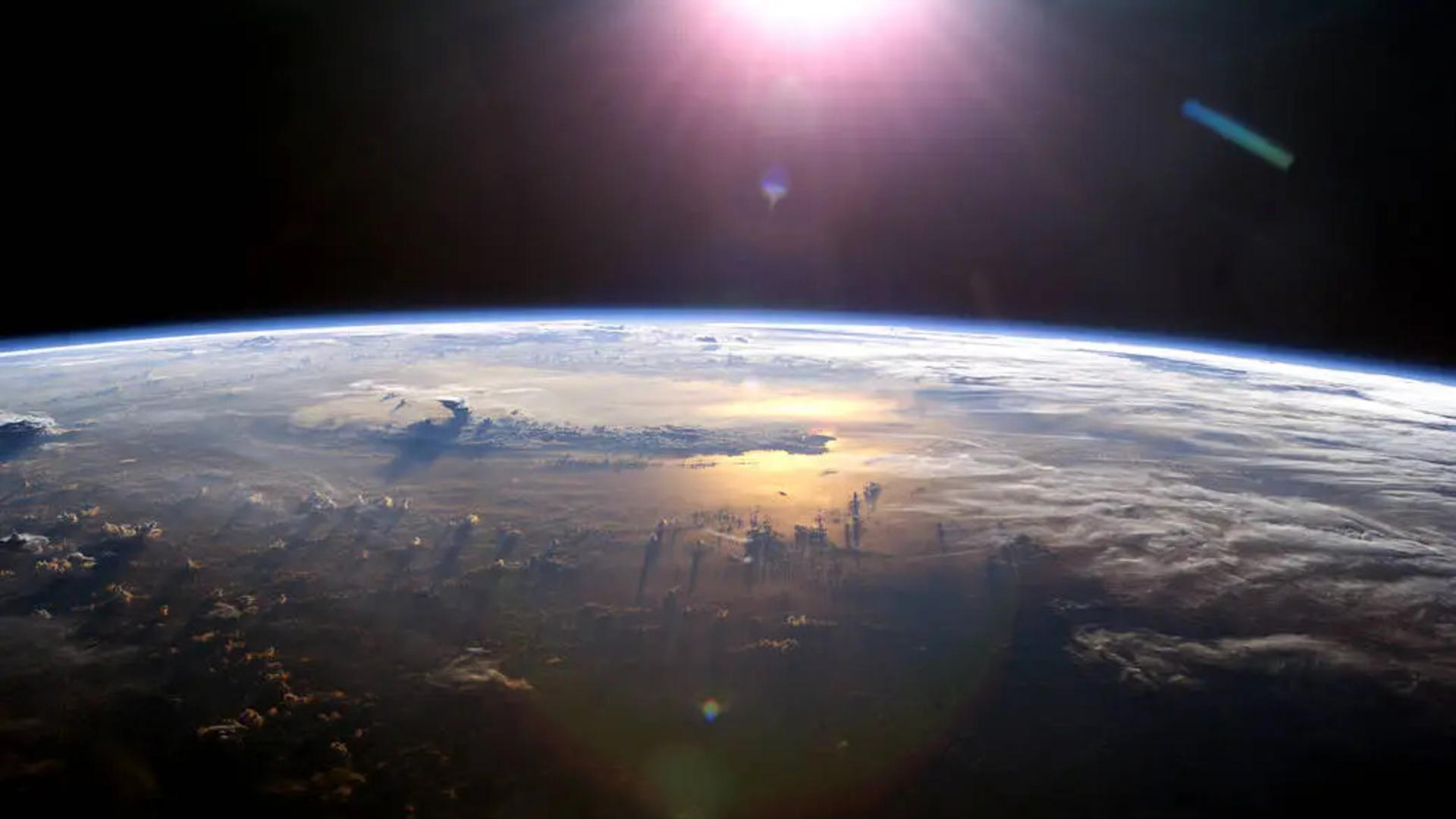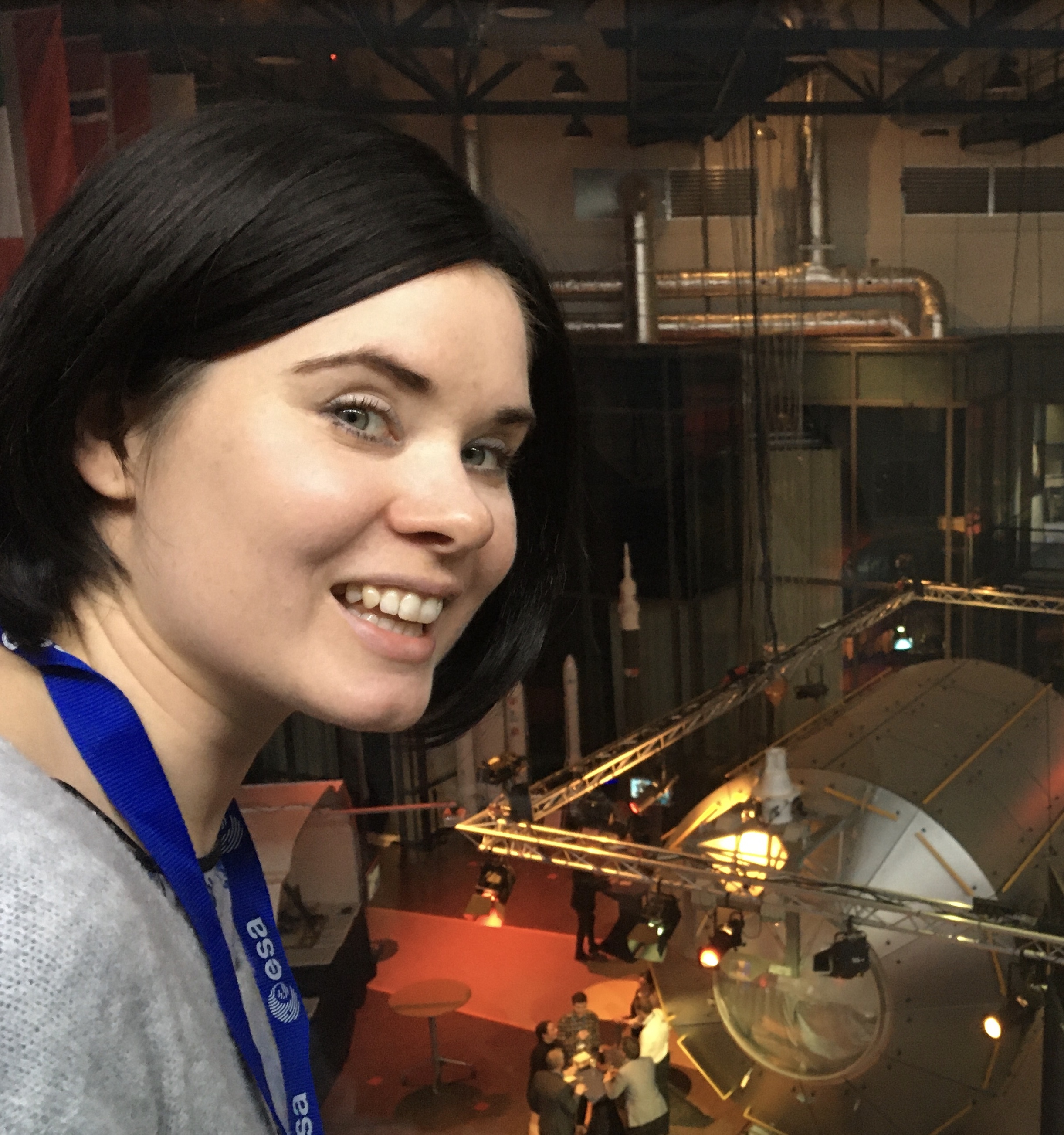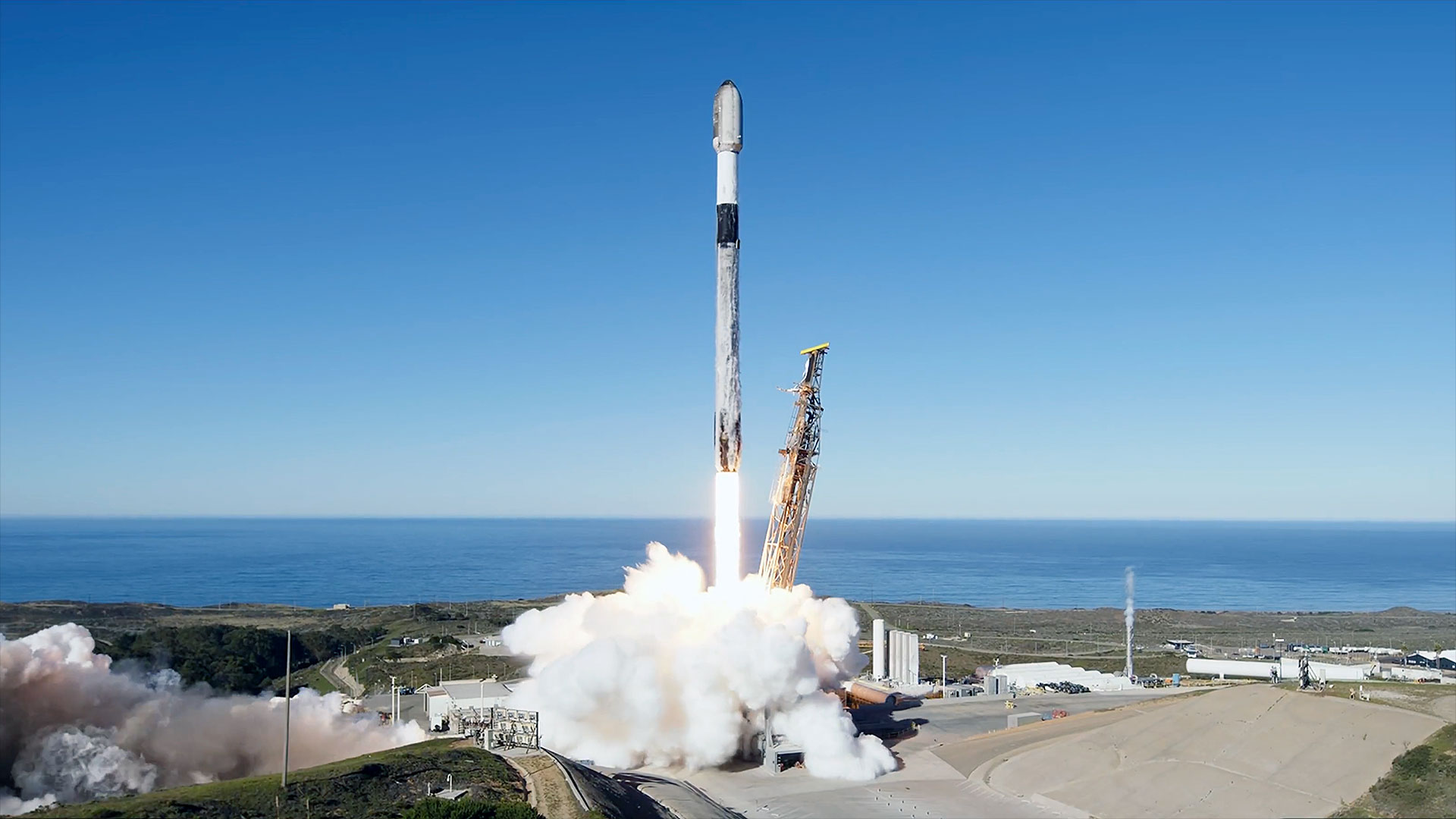Can we dim the sun to fight climate change? Not without risking weather patterns, scientists suggest
"The range of possible outcomes is a lot wider than anybody has appreciated until now."

Some think it's a no brainer: Scattering microscopic particles of sulfur into Earth's atmosphere would reduce the amount of sunlight that reaches the ground, thereby cooling the planet. Indeed, this cooling might temporarily offset the progressing climate change — but a new study claims this type of intervention is likely to have several more unwanted side effects than previously thought.
The concept of geoengineering, or human-induced alteration of the planet's climate, by stratospheric sulfur injections (SAI) is backed by nature's own phenomena. The 1991 eruption of the Philippine stratovolcano Mount Pinatubo injected nearly 20 million tons of sulfur dioxide in the stratosphere, the layer of Earth's atmosphere between altitudes of 7.6 and 31 miles (12 and 50 kilometers). The presence of the sulfur particles in the atmosphere led to a global mean temperature drop of about 1 degree Fahrenheit (0.5 degree Celsius), according to the U.S. Geological Survey.
But that cooling, measurable for two years after the eruption, also disrupted the Indian monsoon system, causing a drought across South Asia, according to the new research paper. Plus, although the sulfur aerosol cooled Earth's surface, it warmed the stratosphere, speeding up ozone destruction.
"There are a range of things that might happen if you try to do this — and we're arguing that the range of possible outcomes is a lot wider than anybody has appreciated until now," Faye McNeill, an atmospheric chemist and aerosol scientist at Columbia’s Climate School and Columbia Engineering and one of the authors of the paper said in a statement.
Researchers are using sophisticated computer models to understand the effects of geoengineering interventions. But McNeill and her colleagues warn that no simulation is perfect and that, in the real world, surprises would be inevitable.
"Even when simulations of SAI in climate models are sophisticated, they're necessarily going to be idealized," McNeill said. "Researchers model the perfect particles that are the perfect size. And in the simulation, they put exactly how much of them they want, where they want them. But when you start to consider where we actually are, compared to that idealized situation, it reveals a lot of the uncertainty in those predictions."
For example, if the geoengineering particles accumulate around the equator, they risk disrupting global atmospheric circulation patterns and alter how heat is distributed around the planet. On the other hand, an accumulation of those particles around the poles could throw out of whack the tropical monsoon system, the researchers explain.
Breaking space news, the latest updates on rocket launches, skywatching events and more!
"It isn't just a matter of getting five teragrams of sulfur into the atmosphere. It matters where and when you do it," McNeill said.
On top of that, as the sulfur particles descend toward Earth by the pull of the planet's gravity, they are likely to react with rainwater, forming acidic rain, which in turn harms the soil.
The researchers also looked at alternatives to sulfur but found problems with each of the studied chemical compounds.
"Scientists have discussed the use of aerosol candidates with little consideration of how practical limitations might limit your ability to actually inject massive amounts of them yearly," Miranda Hack, an aerosol scientist at Columbia University and the study’s lead author said in the statement. "A lot of the materials that have been proposed are not particularly abundant."
For example, diamond, cubic zirconia and rutile titania are too rare and too expensive. Other alternatives, including calcium carbonate and alpha aluminum, are plentiful but more difficult to evenly disperse in the atmosphere due to their tendency to create clumps. As a result, these chemicals are not likely to be as effective as sulfur, the researchers said.
The study was published on Oct. 21 in the journal Scientific Reports.

Tereza is a London-based science and technology journalist, aspiring fiction writer and amateur gymnast. Originally from Prague, the Czech Republic, she spent the first seven years of her career working as a reporter, script-writer and presenter for various TV programmes of the Czech Public Service Television. She later took a career break to pursue further education and added a Master's in Science from the International Space University, France, to her Bachelor's in Journalism and Master's in Cultural Anthropology from Prague's Charles University. She worked as a reporter at the Engineering and Technology magazine, freelanced for a range of publications including Live Science, Space.com, Professional Engineering, Via Satellite and Space News and served as a maternity cover science editor at the European Space Agency.
You must confirm your public display name before commenting
Please logout and then login again, you will then be prompted to enter your display name.
